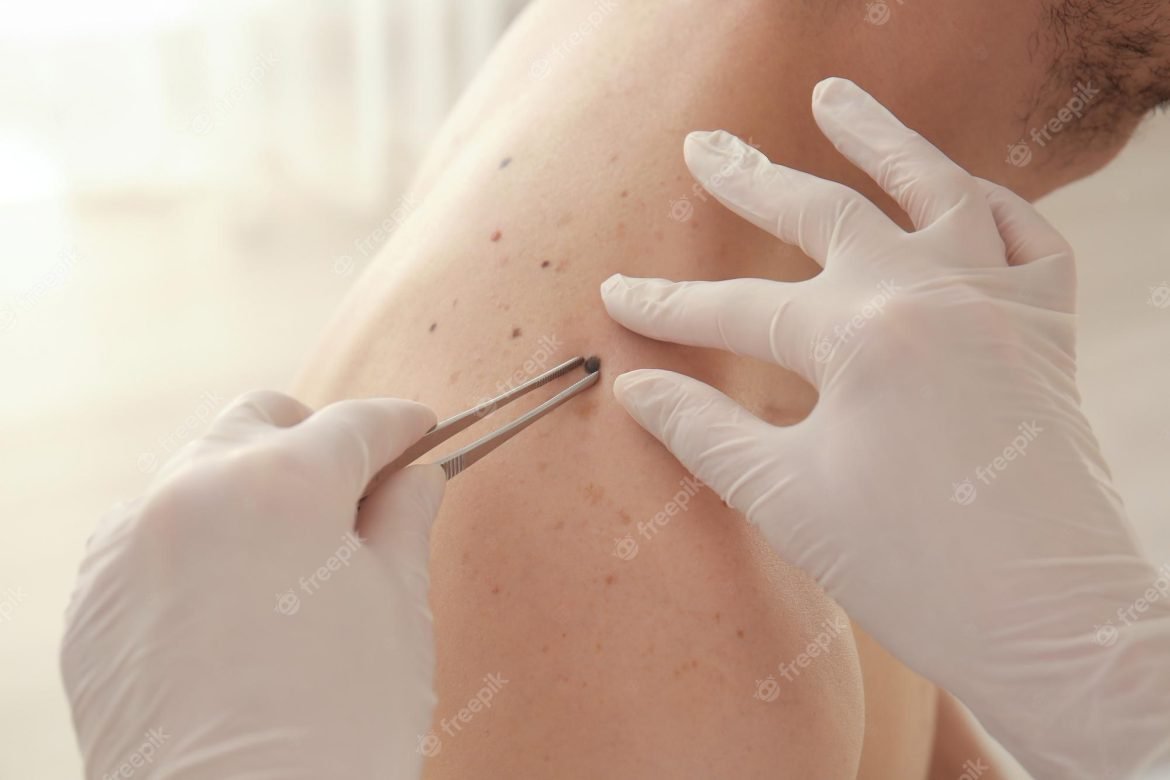
Introduction
Birthmarks are common skin blemishes that many people are born with. While some may view them as unique features or beauty marks, others may want to explore options for removal. In this article, we will delve into the world of birthmarks, discussing what they are, the different types, and most importantly, whether you can remove them or not.
Understanding Birthmarks
What Are Birthmarks?
Birthmarks are colored marks on the skin that are present at birth or appear shortly after. They can vary in size, shape, and color, and they occur due to the overgrowth of blood vessels, melanocytes (cells that produce pigment), or other skin components.
Types of Birthmarks
There are two main categories of birthmarks:
1. Vascular Birthmarks
Vascular birthmarks result from abnormal blood vessels near the skin’s surface. They include:
a. Port-Wine Stains
These are flat, pink, red, or purple birthmarks that can appear anywhere on the body. They often grow darker and may thicken over time.
b. Hemangiomas
Hemangiomas are raised, bright red birthmarks caused by an overgrowth of blood vessels. They usually appear on the head or neck and can shrink or fade as a child grows.
2. Pigmented Birthmarks
Pigmented birthmarks are caused by an overproduction of pigment cells. They include:
a. Café-au-Lait Spots
These are flat, light-brown birthmarks that resemble coffee stains on the skin. They can vary in size and may fade with age.
b. Mongolian Spots
Common in infants, these birthmarks are bluish-gray and often appear on the lower back or buttocks. They tend to fade as the child gets older.
Can You Remove a Birthmark?
The decision to remove a birthmark largely depends on personal preference and the type of birthmark. Here are some options to consider:
1. Laser Therapy
Laser therapy is a common method for treating birthmarks, particularly vascular ones like port-wine stains and hemangiomas. It works by targeting the blood vessels or pigments in the birthmark, causing them to break down gradually.
2. Surgical Excision
For certain types of birthmarks, such as large or raised ones, surgical excision may be an option. This involves cutting out the birthmark and stitching the skin back together.
3. Topical Treatments
Some topical treatments, like corticosteroid creams or ointments, may help fade certain types of birthmarks, especially pigmented ones like café-au-lait spots.
4. Observation
In many cases, birthmarks are harmless and may fade or become less noticeable over time. For this reason, some individuals choose to simply observe them without pursuing any removal methods.
Conclusion
In conclusion, the question of whether you can remove a birthmark depends on various factors, including the type of birthmark and personal preference. There are several treatment options available, ranging from laser therapy to surgical excision. However, it’s essential to consult with a dermatologist or medical professional before deciding on a removal method to ensure the best possible outcome.
FAQs
1. Are all birthmarks treatable?
Not all birthmarks require treatment. Some may fade or become less noticeable over time without any intervention.
2. Is birthmark removal painful?
The level of discomfort varies depending on the removal method used. Laser therapy may cause some discomfort, while surgical excision may involve local anesthesia to minimize pain.
3. Are there any risks associated with birthmark removal?
Like any medical procedure, there can be risks involved in birthmark removal, such as scarring or changes in skin texture. It’s crucial to discuss these risks with your healthcare provider.
4. How long does it take to see results from birthmark removal treatments?
The timeframe for results can vary depending on the treatment method and the type of birthmark. Some may see improvement in a few sessions, while others may take several months.
5. Can birthmarks come back after removal?
In some cases, birthmarks may return after removal, especially if they were not entirely eliminated during the initial treatment. Regular follow-up appointments may be necessary to monitor the area.



